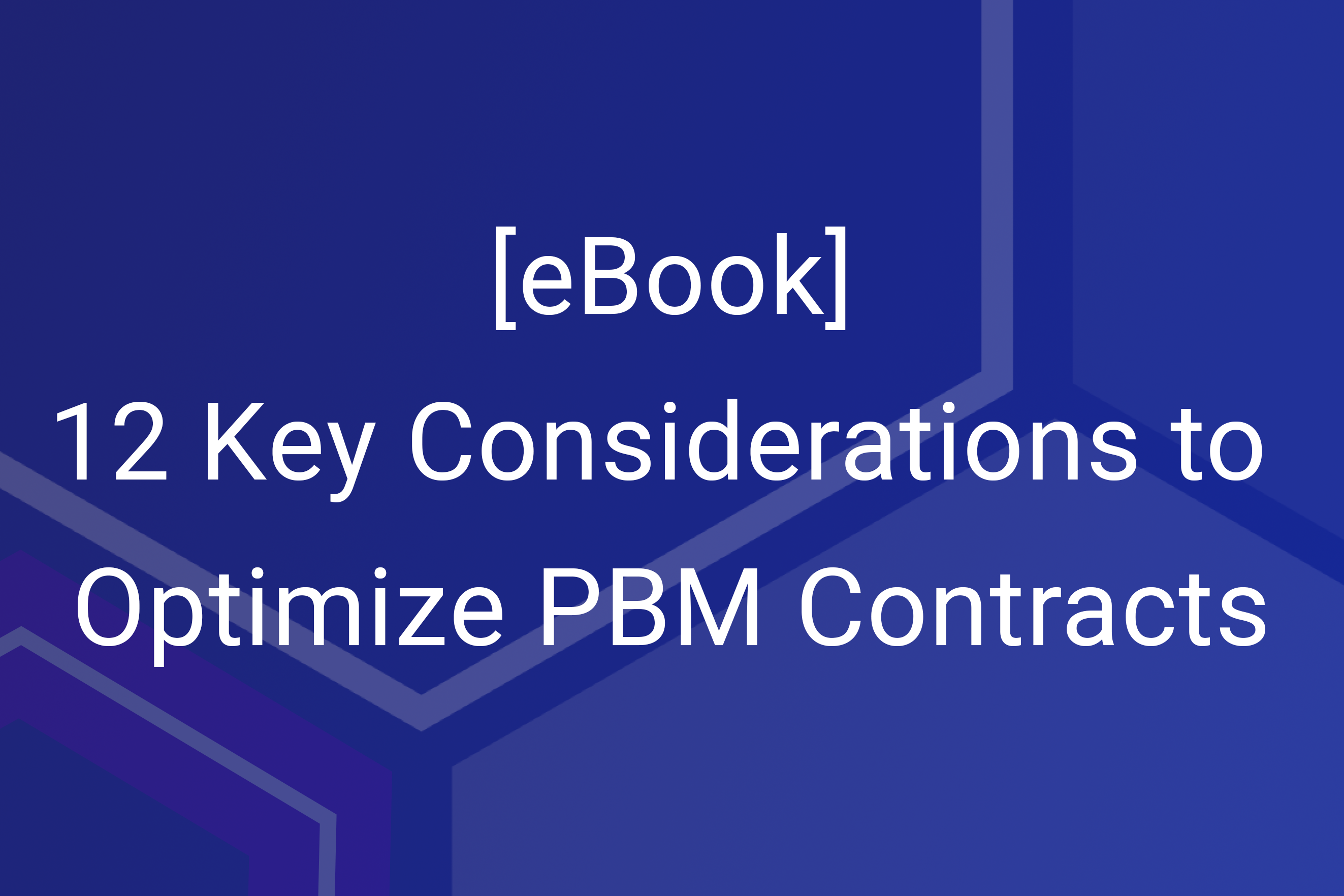As the demand for biosimilars continues to increase in the U.S., employers are paying closer attention to how they can leverage these novel drugs to help reduce healthcare costs. While biosimilars are more expensive to manufacture than generics, they’re more affordable and just as effective as their biologic counterparts—offering great promise to patients.
Biosimilars have been in the spotlight lately as multiple biosimilars launched in 2023, introducing the first drugs parallel to the costly blockbuster drug Humira. Although the impact of these new-to-market Humira biosimilars is projected to be significant, initial utilization has been lower than expected—raising questions about what employers should expect in the future for biosimilar adoption.
In a recent Truveris webinar, “Pharmacy Strategies for Navigating Biosimilars,” our pharmacy contract experts explored the impact of biosimilars on specialty pharmacy benefits, biosimilar complexities that could impact an organization’s bottom line and member experience, and key considerations for developing a biosimilars strategy in 2024.
What Are Biosimilars?
A biosimilar drug is a biological product that is highly similar to—and has no clinically meaningful differences from—an existing FDA-approved biologic reference product. Biosimilars are often used to treat complicated diseases like rheumatoid arthritis, Crohn’s disease, and cancer. The dosing and administration of biosimilars are typically similar to the reference biologic product, and they are often categorized as specialty drugs.
Biosimilars vs. Generics
A misconception about biosimilars is that they are simply the generic version of their reference biologic product. Biosimilars, however, are not chemically identical to their biologic reference product.
Biosimilars are more complex in nature than typical medications since they are large molecules derived from living cells and their physical structure is more complex.
Interchangeable Biosimilars
Interchangeability is a critical issue reviewed in clinical trials and required for the approval of a biosimilar. To achieve that standard, the manufacturer must demonstrate similarity to the reference product and show equivalent outcomes when patients switch between the two. Interchangeability gives providers and patients the confidence that these new products can be substituted with the reference product without a negative impact on safety and outcomes.
Importantly, not all states have the same laws around biosimilar interchangeability. Today, the majority of states permit interchangeability unconditionally or permit it with some conditions. There are some states however that do not permit a pharmacist to automatically substitute a reference product with a biosimilar.
The Biosimilar Adoption Curve
In 2023, 3 new biosimilars were approved by the FDA and 13 were launched into the market, and this pipeline is projected to continually grow. For Humira, the number one selling drug in the world, 8 biosimilars were launched in 2023 alone. With $38B in total market share, the market is ripe for the Humira biosimilars to take a portion of that share.

Market projections for Humira biosimilars indicated utilization would rise quickly, but in reality, adoption has been much slower—reaching only 2.4% of overall Humira market share by Q3 2024, a Truveris analysis showed.

Although progress has been made to improve prescriber confidence in biosimilars, more work needs to be done to drive biosimilar adoption, and interchangeability will be necessary. Currently, a majority of PBMs have adopted a co-preferred strategy in which members have the choice to stay on Humira or switch to the Humira biosimilar. Yet until members see a significant change in price or incentives by switching to a biosimilar, Humira biosimilar adoption will likely continue to grow slowly over time.
2024 Biosimilar Predictions
Moving into 2024, plan sponsors will need to track the biosimilars market and biosimilar coverage as it evolves. For example, manufacturers may offer the same biosimilar product at two different prices and rebate levels. PBMs would then present those options to the plan sponsor to choose between the two. As a result, employers will likely need to figure out whether or not the biosimilar is less expensive than the reference product, and which biosimilar is the most cost-effective among all of the reference products. PBMs, therefore, may offer rebate credits for driving patients to a specific medication or ask plan sponsors to pick a formulary that mitigates the PBM’s risk.
Biosimilars could also be excluded from a formulary entirely in favor of the reference products, or they could be non-preferred (with the reference product being the preferred). Or, biosimilars could be co-preferred with the reference product. Regardless of the scenario, plan sponsors should work with pharmacy contracting experts to understand how these changes will impact their plan and members.
How Employers Can Navigate Biosimilars Coverage in 2024
As employers look ahead, transparency with their PBMs will be critical to developing a biosimilar coverage strategy. Here are 4 key considerations when approaching biosimilars’ coverage.
- Pharmacy contract: Ensure that the PBM contract has terms that are related to biosimilars and that those terms are in line with the goals of the plan. If the goal is to shift patients from biologics to biosimilars to drive cost savings, understanding rebate credits and how the shift will impact rebates and the bottom line will be key.
- Plan design: Plan sponsors should look at how members will be incentivized to move to a biosimilar, what tier the biosimilar will be in, and if a new tier will have to be created.
- Utilization: Ensure the utilization management criteria for access to biosimilars are clinically appropriate. Through pharmacy data analytics that look at financial and utilization trends, plan sponsors can validate the strategy in place is improving outcomes and reducing costs.
- Delivery channel: Understand whether the biosimilar will be covered under medical benefit, pharmacy, or both. Look into whether a broad or a narrow network will yield the most cost savings, and how the network will impact the member experience.
Biosimilars have the potential to provide cost savings for employers, but developing the right strategy, understanding the entire financial picture, and choosing the most advantageous and least disruptive option will be important for outcomes, costs, and the member experience.
To learn more about developing a strategy for biosimilars, watch our webinar, “Pharmacy Strategies for Navigating Biosimilars.” Contact us to discuss how to customize a biosimilars strategy for pharmacy contract.






